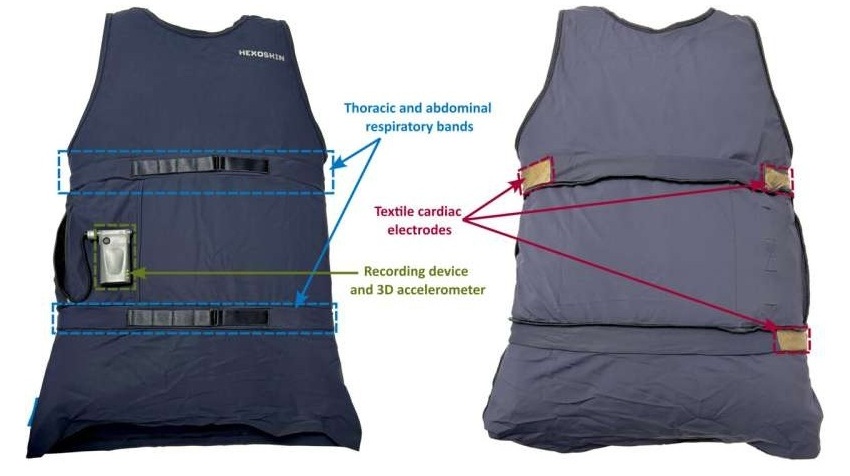New Technology Allows Identification Through a Mask
|
By HospiMedica International staff writers Posted on 07 Apr 2020 |
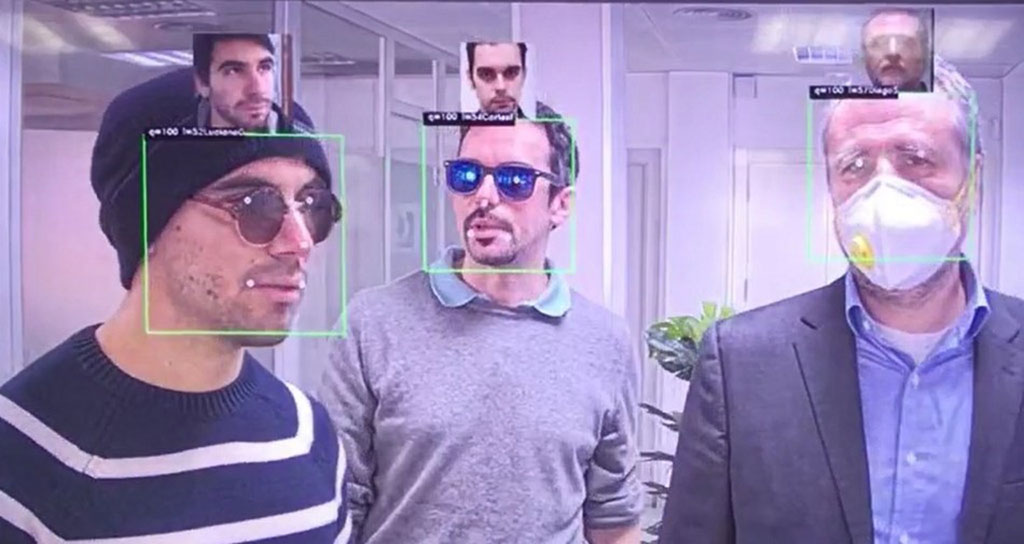
Image: AI enhance facial recognition algorithms can identify people wearing masks (Photo courtesy of Herta)
Following the worldwide outbreak of coronavirus, an improved facial recognition solution can correctly identify people who wear facial masks.
The Herta (Barcelona, Spain) facial recognition algorithms are based on deep learning (DL) technology, providing very high identification rates, especially in verification tasks that involve partial occlusions issues in crowded environments and when automatic passenger identification systems are used, such as border passport control, transportation, healthcare, entertainment venues, and sports stadiums. Thanks to the new algorithm, it will not be necessary for the person to remove the mask, avoiding possible contagion or long waiting times.
The DL algorithms involved apply banks of convolutional and non-linear filters over an original image. Each layer of application processes the image and extracts higher-order information. After many layers of these filter banks (typically between tens and hundreds), the faces are encoded directly into small templates which are very fast to compare. All face alignment, frontalization, visual features, localization of regions of interest, etc., are done internally by the algorithm itself. It is worth noting that the most differential part of the human face is in the eye region.
“The company had been working on the issue of partial occlusions for some time and, following the worldwide outbreak of CoVid19, development has been accelerated to launch a version of the software that helps provide an accurate identification under these conditions,” said the company in a statement. “Herta expects that the impact of this new technology in the market will be very important worldwide and that it will be used massively in environments such as transportation, health, government, events, or in the gaming sector.”
Facial recognition systems use biometrics to map facial features from a photograph or video. The geometry of the face is then analyzed, with key factors including interpapillary distance and the distance from forehead to chin. In all, there are over 65 quantifiable features that can be used to identify a face, generating a unique facial signature.
Related Links:
Herta
The Herta (Barcelona, Spain) facial recognition algorithms are based on deep learning (DL) technology, providing very high identification rates, especially in verification tasks that involve partial occlusions issues in crowded environments and when automatic passenger identification systems are used, such as border passport control, transportation, healthcare, entertainment venues, and sports stadiums. Thanks to the new algorithm, it will not be necessary for the person to remove the mask, avoiding possible contagion or long waiting times.
The DL algorithms involved apply banks of convolutional and non-linear filters over an original image. Each layer of application processes the image and extracts higher-order information. After many layers of these filter banks (typically between tens and hundreds), the faces are encoded directly into small templates which are very fast to compare. All face alignment, frontalization, visual features, localization of regions of interest, etc., are done internally by the algorithm itself. It is worth noting that the most differential part of the human face is in the eye region.
“The company had been working on the issue of partial occlusions for some time and, following the worldwide outbreak of CoVid19, development has been accelerated to launch a version of the software that helps provide an accurate identification under these conditions,” said the company in a statement. “Herta expects that the impact of this new technology in the market will be very important worldwide and that it will be used massively in environments such as transportation, health, government, events, or in the gaming sector.”
Facial recognition systems use biometrics to map facial features from a photograph or video. The geometry of the face is then analyzed, with key factors including interpapillary distance and the distance from forehead to chin. In all, there are over 65 quantifiable features that can be used to identify a face, generating a unique facial signature.
Related Links:
Herta
Channels
Critical Care
view channel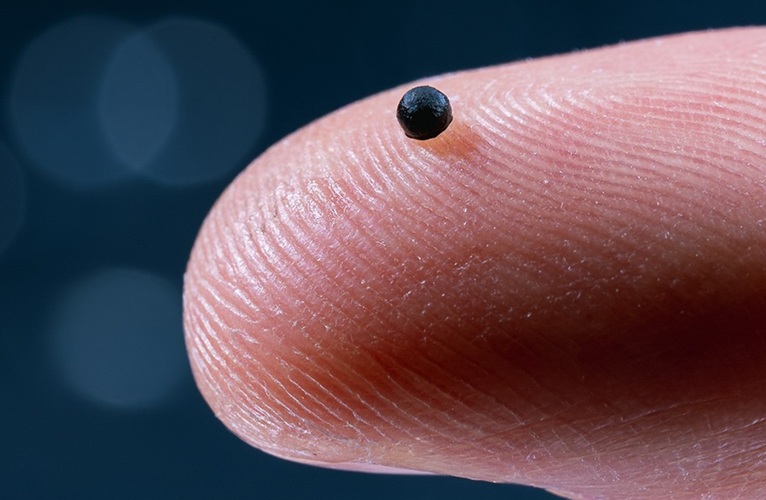
Magnetically Guided Microrobots to Enable Targeted Drug Delivery
Stroke affects 12 million people globally each year, often causing death or lasting disability. Current treatment relies on systemic administration of clot-dissolving drugs, which circulate throughout... Read more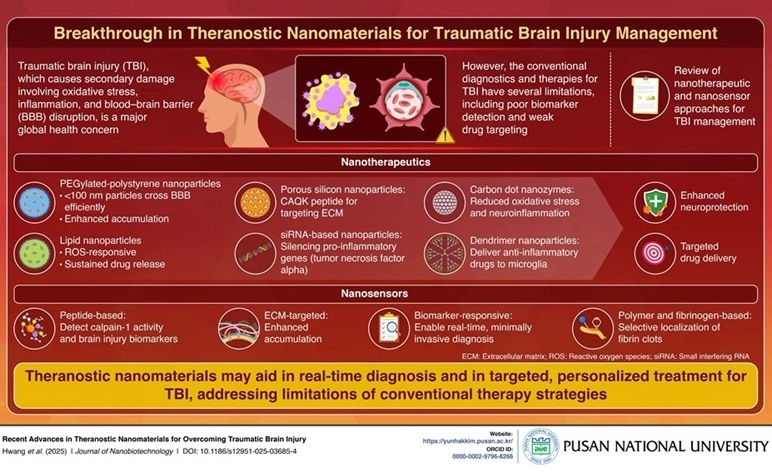
Smart Nanomaterials Detect and Treat Traumatic Brain Injuries Simultaneously
Traumatic brain injury (TBI) continues to leave millions with long-term disabilities every year. After a sudden impact from a fall, collision, or accident, the brain undergoes inflammation, oxidative stress,... Read more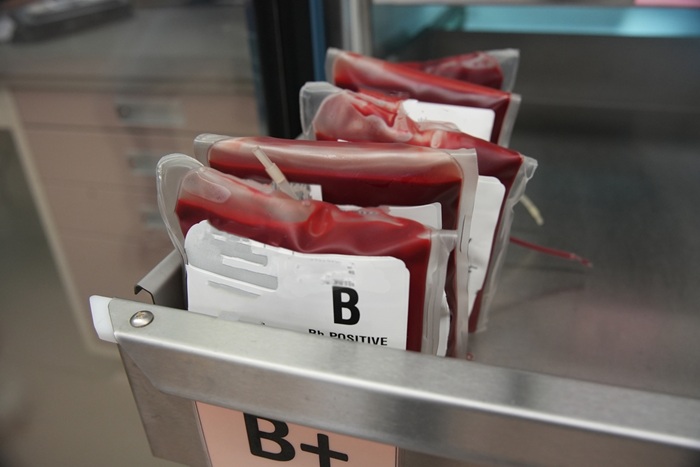
Earlier Blood Transfusion Could Reduce Heart Failure and Arrhythmia in Heart Disease Patients
Blood loss during or after surgery can place significant stress on people with heart disease, increasing the risk of dangerous complications. Transfusions are often delayed until hemoglobin levels fall... Read moreSurgical Techniques
view channel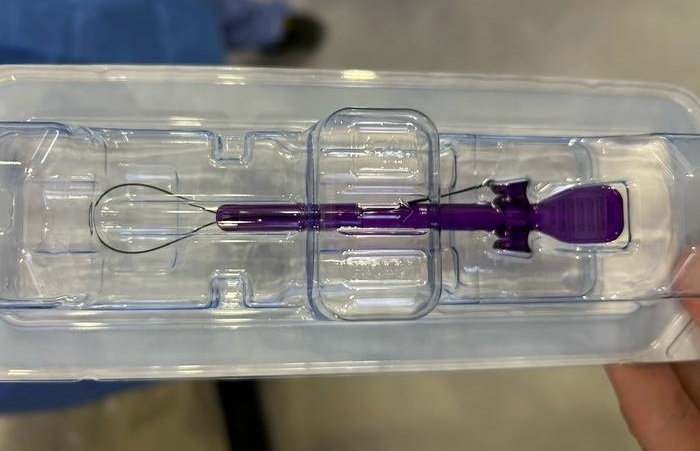
Breakthrough Surgical Device Redefines Hip Arthroscopy
Hip arthroscopy has surged in popularity, yet surgeons still face major mechanical constraints when navigating deep joint spaces through traditional cannulas. Limited tool mobility and the need for an... Read more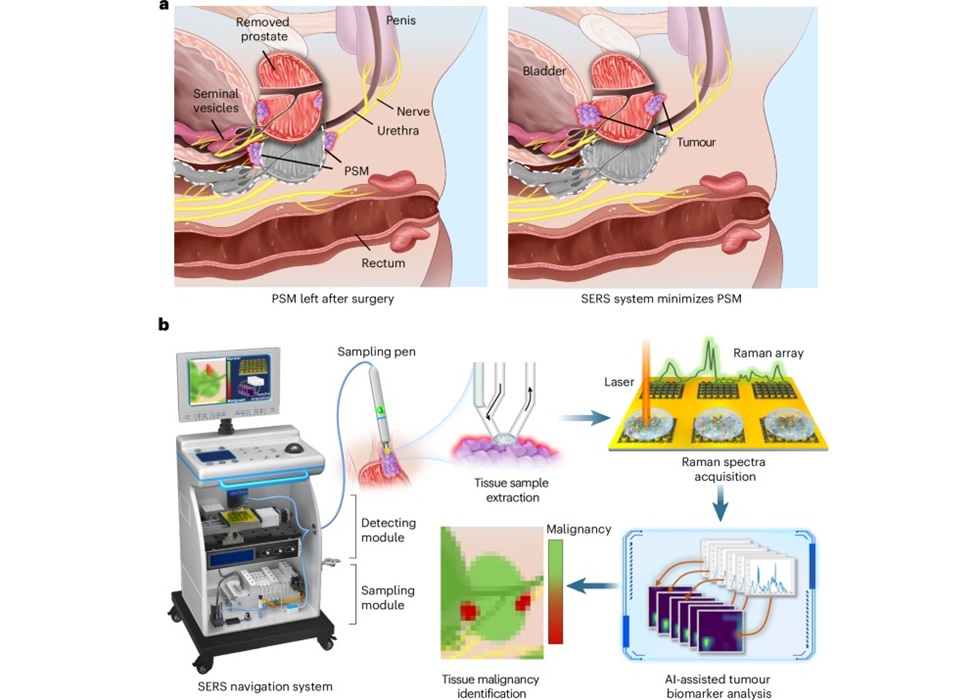
Automated System Enables Real-Time "Molecular Pathology" During Cancer Surgery
Accurately identifying tumor boundaries during radical prostatectomy remains one of the most persistent challenges in prostate cancer care. Positive surgical margins occur in up to 40% of cases, increasing... Read morePatient Care
view channel
Revolutionary Automatic IV-Line Flushing Device to Enhance Infusion Care
More than 80% of in-hospital patients receive intravenous (IV) therapy. Every dose of IV medicine delivered in a small volume (<250 mL) infusion bag should be followed by subsequent flushing to ensure... Read more
VR Training Tool Combats Contamination of Portable Medical Equipment
Healthcare-associated infections (HAIs) impact one in every 31 patients, cause nearly 100,000 deaths each year, and cost USD 28.4 billion in direct medical expenses. Notably, up to 75% of these infections... Read more
Portable Biosensor Platform to Reduce Hospital-Acquired Infections
Approximately 4 million patients in the European Union acquire healthcare-associated infections (HAIs) or nosocomial infections each year, with around 37,000 deaths directly resulting from these infections,... Read moreFirst-Of-Its-Kind Portable Germicidal Light Technology Disinfects High-Touch Clinical Surfaces in Seconds
Reducing healthcare-acquired infections (HAIs) remains a pressing issue within global healthcare systems. In the United States alone, 1.7 million patients contract HAIs annually, leading to approximately... Read moreHealth IT
view channel
Printable Molecule-Selective Nanoparticles Enable Mass Production of Wearable Biosensors
The future of medicine is likely to focus on the personalization of healthcare—understanding exactly what an individual requires and delivering the appropriate combination of nutrients, metabolites, and... Read moreBusiness
view channel
Philips and Masimo Partner to Advance Patient Monitoring Measurement Technologies
Royal Philips (Amsterdam, Netherlands) and Masimo (Irvine, California, USA) have renewed their multi-year strategic collaboration, combining Philips’ expertise in patient monitoring with Masimo’s noninvasive... Read more
B. Braun Acquires Digital Microsurgery Company True Digital Surgery
The high-end microsurgery market in neurosurgery, spine, and ENT is undergoing a significant transformation. Traditional analog microscopes are giving way to digital exoscopes, which provide improved visualization,... Read more
CMEF 2025 to Promote Holistic and High-Quality Development of Medical and Health Industry
The 92nd China International Medical Equipment Fair (CMEF 2025) Autumn Exhibition is scheduled to be held from September 26 to 29 at the China Import and Export Fair Complex (Canton Fair Complex) in Guangzhou.... Read more











